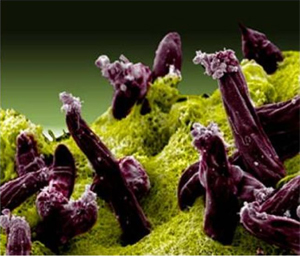The Centers for Disease Control (CDC) no longer recommends the use of exchange transfusion (ET) as an adjunct to antimalarial drugs for the treatment of severe malaria.
ET is a procedure in which a portion of blood from the infected patient is removed and replaced with uninfected blood. Previously, the rationale for the use of ET in severe malaria was that ET removed infected cells and toxic byproducts. ET has been used in countries like the United States to complement antimalarials when treating severe malaria. In fact, CDC used to recommend that ET could be considered as an adjunct to intravenous quinidine in patients with very high parasite loads (>10%), or if complications such as cerebral malaria, acute respiratory distress syndrome, or renal compromise occur. However, the use of ET has been based on limited evidence.
CDC examined the efficacy of ET as an adjunct treatment for severe malaria by analyzing data from the US National Malaria Surveillance System and reviewed the entirety of the published literature to update recommendations. Patients with severe malaria who were treated with ET were compared to those not treated with ET, and there was no significant association between ET and survival outcome. A review of the literature found that the evidence available was limited but overall showed no differences in outcome when ET was used. Adverse events due to ET were rarely reported but included acute respiratory distress syndrome, ventricular fibrillation, and hypotension. To date, this is the largest and most comprehensive study of exchange transfusion for treatment of severe malaria. Based on this evidence, adjunct ET cannot be recommended for the treatment of severe malaria.
Source: CDC



